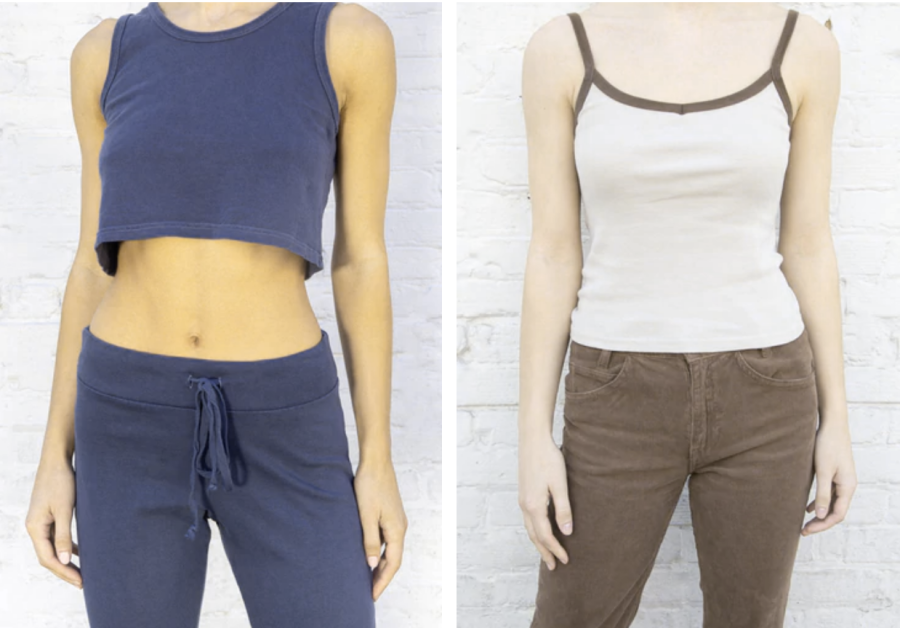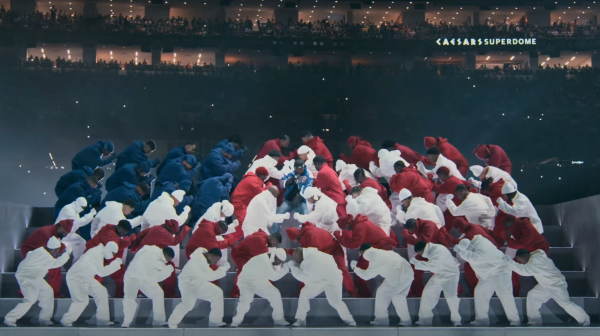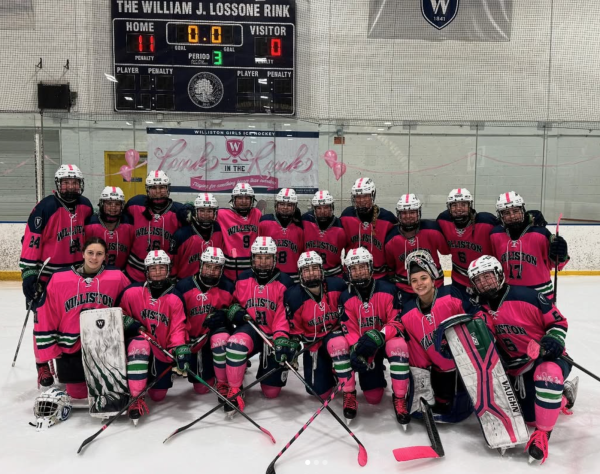The Many Problems With Brandy Melville
Brandy Melville is one of the most popular stores among teenage girls, but it is also one of the most controversial.
Brandy Melville rose in popularity in 2017, and along with it came a slew of social media influencers who exclusively wore the brand and were able to successfully launch it into the spotlight.
Behind those influencers, the people running the stores and appearing on Instagram were mostly young, white models. Perhaps the most controversial part of Brandy Melville’s brand is the “one size fits all” policy.
Brandy Melville was launched in 2009 by Silvio Marsan, a fashion entrepreneur from Italy. The first store was opened in Los Angeles, right next to UCLA. They quickly marketed themselves with their beachside, Southern California vibe. From the beginning, Brandy Melville did a good job at making themselves exclusive. At first, stores existed only in cities like Los Angeles, New York, and Miami.
The sizing also helped give rise to this “exclusivity.” Billed as “one size fits all,” the size range mostly stays between a size 0 to 2. This has perpetuated an unrealistic ideal of what teen girls look like. The lack of diversity has also been a controversial issue. Because of the mostly in-person shopping experience that they push, a big part of their brand is who is working at their stores. The process of becoming a Brandy Melville employee is known for being unlike many other chain clothing store.
Senior boarder Hannah Choi, from Seoul, South Korea, reflected on an unusual encounter she had while in the company’s Soho store in New York.
“I was paying for my clothes, and then a man and a woman approached me, and they asked me if they could take a picture of my outfit, and asked for my outfit details,” Hannah recounted. “And I was just startled that workers asked to take a picture of me. They said they loved my outfit, and instead of asking for my email or number they asked for my Instagram and said they wanted to contact me.”
She then learned that this interaction was a job interview of sorts.
“Then they asked if I could start working for them the next day,” she said. “I said no because I didn’t live in New York.”
Hannah then said she returned to the store a couple days later. This time, she overheard a man talking about her to an employee
“I heard him saying, ‘That girl is from South Korea, go talk to
her,’” Hannah said.
“Then the girl asked for my Instagram, and was very friendly and also complimented my style.” From these encounters, Hannah deduced that “you’re kind of recruited” to work there based on your style, appearance, and social media clout.
The workers in the store also all seem to fit a very Eurocentric beauty standard.
Jeremie Ng, a senior from Hong Kong, noticed this at the Hong Kong store.
“All the girls who work at the Hong Kong store are white,” she said, “which is a little odd because that doesn’t really accurately represent the population of teenage girls living in Hong Kong.
Jeremie said there are a lot of expats in Hong Kong, “but still it definitely pushes a very Eurocentric beauty standard.”
This standard along with the “one size fits all” policy (which has been rephrased in recent years as “one size fits most”) creates a very specific and unattainable beauty standard which can be harmful to the young girls shopping at the store.
Nowhere is this issue more apparent than in China. An article by Vice describes the disastrous effect Brandy Melville has on women in China.
“Fitting into tiny clothes has become a fashion in itself,” the article stated. “Brandy Melville, an Italian fast-fashion brand known for its ‘one size fits most’ philosophy, set off a social media craze globally for creating an exclusive club of slender women who could fit into its extra-small clothes.”
In China, the article continued, they’re called “BM girls.”
This trend has turned into something which is mentally harmful, and could create unhealthy and dangerous habits.
The article went on to describe an interview with a shopper who had traveled a long way in order to buy clothes from the store, but was unable to do so because of the sizing policy. The woman reported that “It’s not that they are too small [the clothes], it’s me being too large.”
Clearly, this disordered way of thinking reinforces a dangerous stereotype. Eating disorders are among the most harmful mental illnesses. They can also, according to the National Eating Disorders Association website, be the most deadly, closely following drug overdoses.













Bruce • Jul 9, 2023 at 10:34 PM
I think people need to leave Brandy Me
Bill alone. Stop criticizing that’s another sickness!